Consider the following three examples . . .
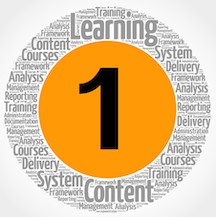
A teacher introduces a topic to the entire class. After the lesson, students engage in a variety of activities to explore the topic further: an online simulation; an online search for information; a small-group meeting to discuss the topic; or a live, in-depth lesson from the teacher. That’s just one example of a blended learning environment.
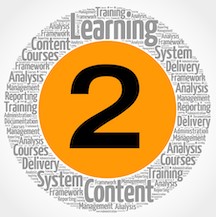
Students are working to provide a solution to a real-world problem. In order to learn the content required to solve the problem, they engage in a variety of technology-supported activities, including engaging with interactive websites, gathering real-time data, creating online models, and more. Meanwhile, the teacher meets with individuals and small groups to assess learning, offer targeted lessons, and challenge students’ thinking. That’s another example of blended learning.
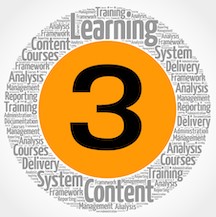
A student, engaged in solving a problem-based task, needs to learn a certain skill and thus watches an instructional video. The video includes directions to pause at certain times and answer questions, take notes, or reflect. Upon completion, the student references an activity list to choose learning activities of interest to pursue content learning. Later, the student is part of a group meeting with the teacher to debrief what they learned and to allow the teacher to solidify the learning, offer insights, and push students’ thinking. That’s yet another example of a blended learning environment.
In all cases, students have a certain amount of choice and voice and responsibility for their own learning. Not only are these important for freeing up the teacher to facilitate learning, but they are critical for building executive function and SEL skills.
This approach also fosters individualized learning, allowing all students to learn in ways that cognitively, linguistically, culturally, and authentically address each student’s needs.
Blended learning means leveraging the best uses of technology and the best uses of live interactions with teachers to complement one another.

What it’s not: A teacher addressing a group of students with their laptops open to the same web page, following along, is not blended learning. Teachers providing all live lessons with students using online websites and apps to practice is not blended learning. Students working solely on technology, essentially pursuing self-directed learning all day while the teacher develops future lessons and grades submitted work, is not blended learning. The key is in the blend!
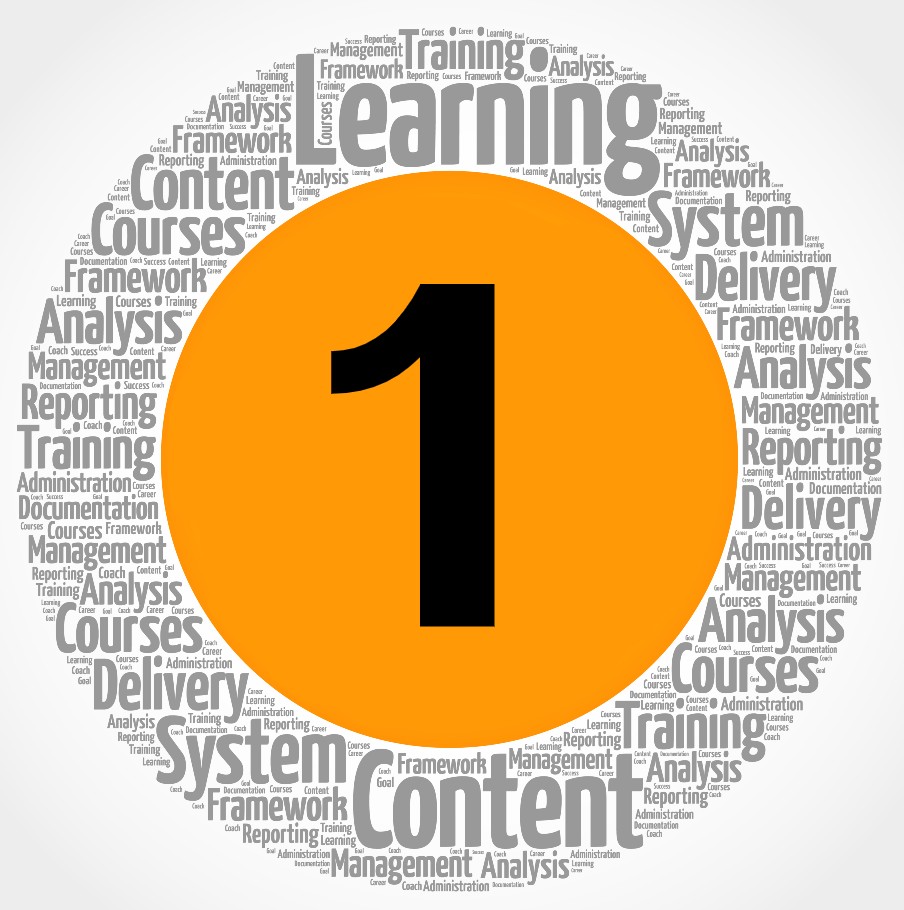
Let’s look at example number one above. In a blended learning environment, the teacher may still want to provide live instructional lessons. Then, as students engage in further learning, practice, and application, they work, at times, on a computer, accessing files, websites, and apps. Note that they may also be reading a book, meeting with classmates, etc. The ability to provide students with choice and voice through differentiated activities means students will stay more engaged and the teacher will be free to facilitate learning by meeting with individuals and groups of students. That’s leveraging technology to maximize professional teachers’ individualized interactions with students: a benefit of blended learning.
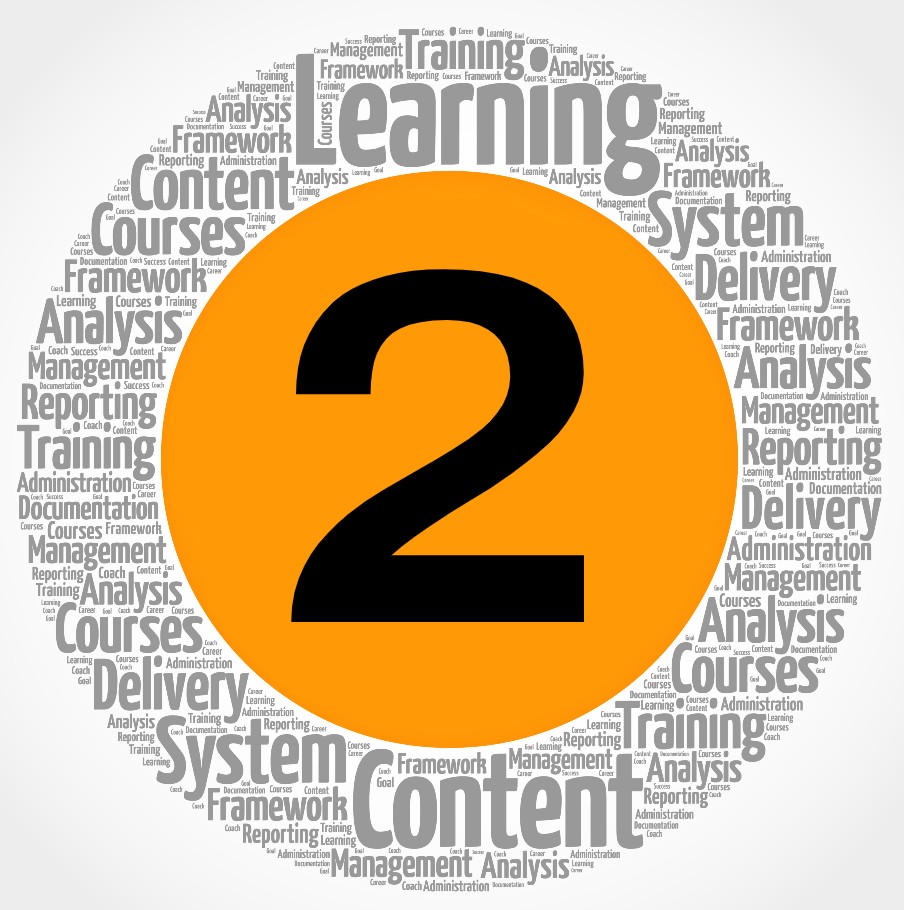
In the second example, the teacher is using problem-based learning to engage students and anchor the learning so that they are continually thinking about how what they are learning will help them solve the problem. The technology allows students to explore current information in real time, something that was not so easily accomplished before the use of the internet for sharing information. This is particularly appealing to reality TV fans, as learning becomes more authentic and relevant. In this case, the teacher is leveraging technology to allow students access to information, which may not otherwise be possible. Meanwhile, again, the teacher is freed up to maximize individualized instructional time with students.
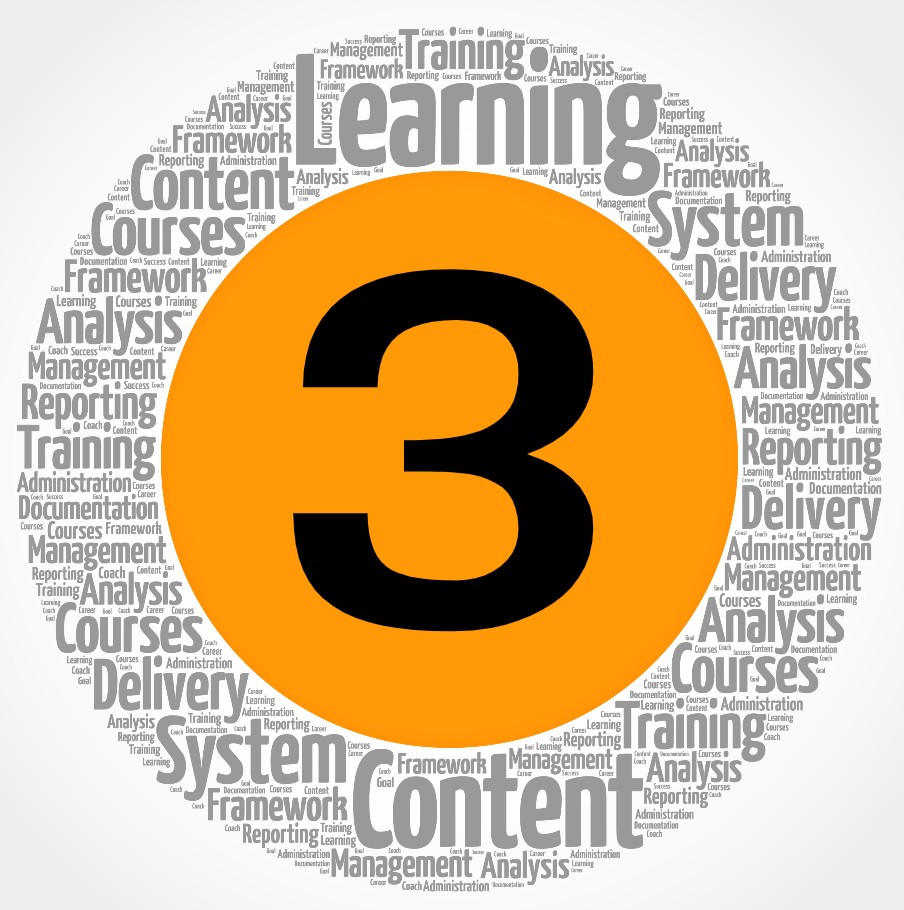
In the third example, the teacher recognizes that live, whole-class instruction may leave some students behind. Some students may already know the content and be bored, others may be ready to learn, and others may lack the prerequisite skills. Language differences may provide challenges for some. Instead, this teacher records short (10- to 15-minute) instructional lessons that include directions to pause the video to engage further with the content (see this example).
Consider this: When students attend a live lesson where content is first being introduced, it’s difficult for them to engage and answer questions unless they are simply being asked to repeat what the teacher just said. Some may need more processing time; some may lack confidence. Alternatively, if students watch a video independently, they can rewind it or rewatch it as often as they want; the teacher can embed images, words, and symbols to enhance understanding; and the teacher can include stopping points to ask questions and have students record notes and answers. Later, during live interaction, students will be more likely to offer up an answer because they’ve built some knowledge. The discussion can be much richer, with the teacher solidifying the learning, the important points, and the application of that learning.

Blended learning should enhance the learning environment. It’s not just about using technology; it’s about making that technology count in the learning process! It’s about leveraging technology to provide a more engaging, differentiated, authentic learning environment.
IDE Corp. provides professional learning for educators in schools or districts in the design of blended learning environments. We specialize in helping schools create a culture of professional learning, in particular through our self-paced, online, professional learning experiences to complement school-wide meetings, PLCs, and PD days. Contact us at solutions@idecorp.com
